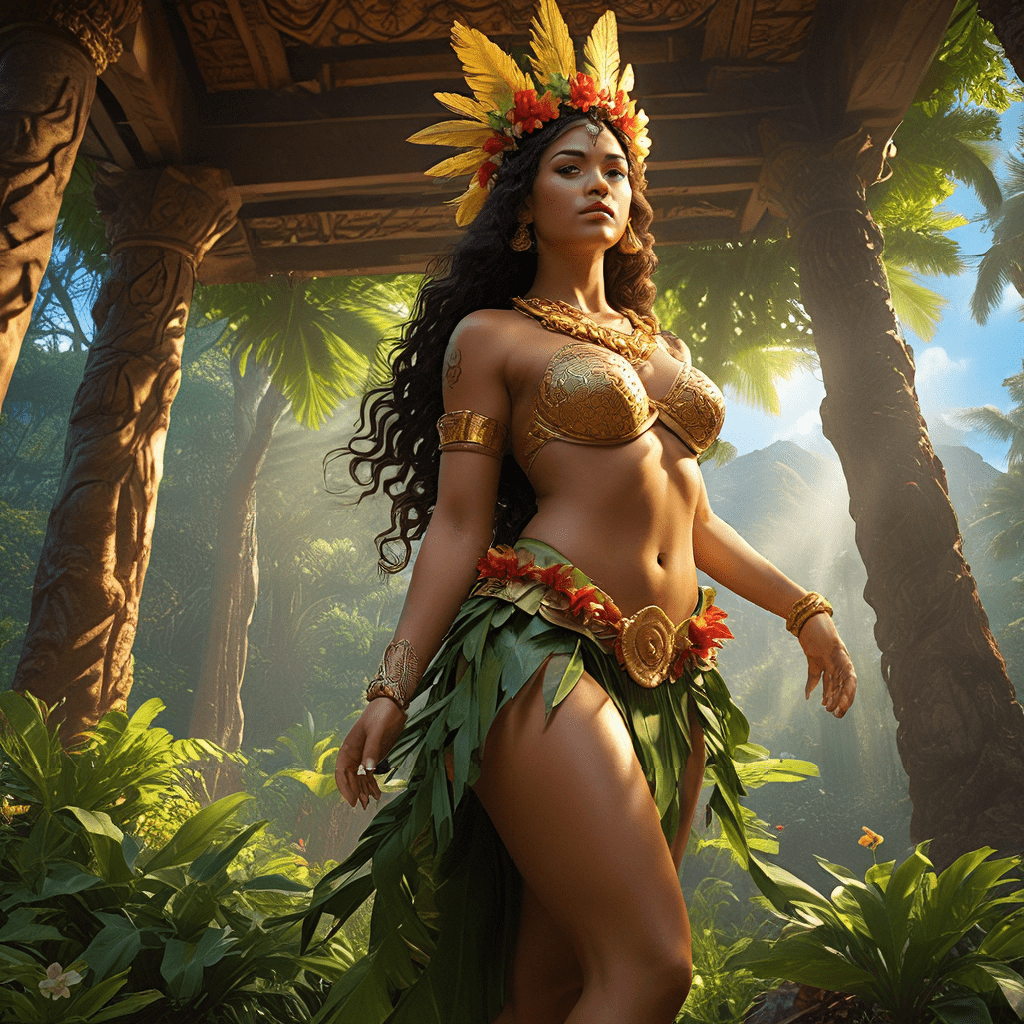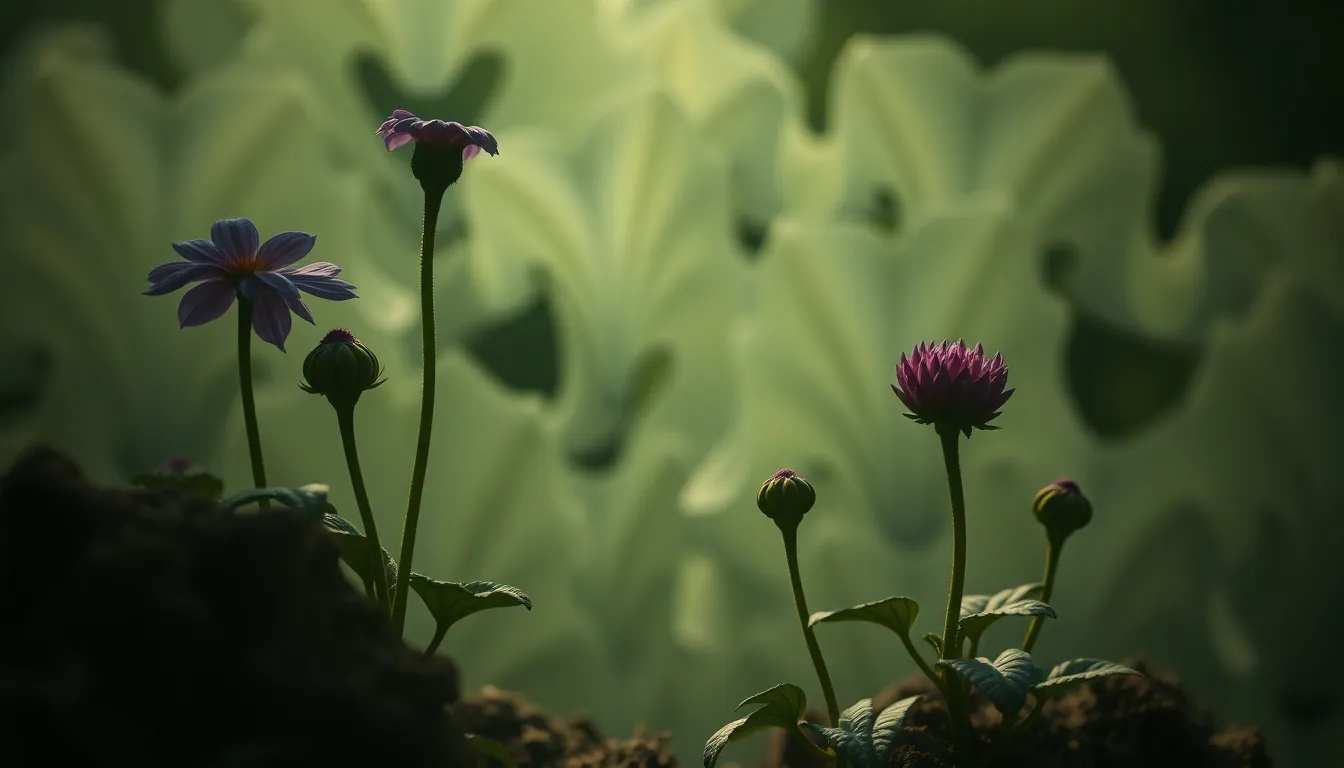Introduction to the Lummi Tribe
In the Pacific Northwest, nestled amidst the lush forests and serene coastal waters, resides the Lummi Tribe, an indigenous community with a rich and storied cultural heritage. Throughout centuries of storytelling and tradition, the Lummi have preserved a captivating mythology that weaves together the threads of their history, beliefs, and connection to the natural world.
The Creation Story
The Lummi creation story begins in darkness, before the world took form. An unseen Creator, known as the Great Spirit or Old One, breathed life into the darkness, creating the first beings: twin daughters who became the sun and moon. From their union, the earth, sky, and waters emerged, forming the foundation of the Lummi cosmos.
The Raven: Trickster and Culture Hero
A prominent figure in Lummi mythology is the Raven, a trickster and culture hero. With its sharp wit and cunning, the Raven often played mischievous tricks but also brought essential gifts to humanity. According to legend, the Raven journeyed to the underworld to retrieve the sun and moon, bringing light and warmth to the world.
The Eagle: Symbol of Strength and Spirit
Soaring high above the mountains and valleys, the Eagle holds a special place in Lummi mythology. Revered for its strength, courage, and sharp vision, the Eagle represents the warrior spirit and the ability to overcome challenges. Lummi tradition attributes the Eagle with the guidance and protection of the tribe.
The Salmon: Provider of Sustenance and Wisdom
In the Lummi worldview, the Salmon is a sacred being that embodies both sustenance and wisdom. Its annual migrations from the ocean to its spawning grounds symbolize the cycle of life and renewal. The Lummi people have a deep respect for the Salmon, viewing it as a source of physical and spiritual nourishment.
6. The Supernatural Beings
The Lummi mythology is replete with supernatural beings that inhabit the natural world alongside humans. These beings include the thunderbird, thunder spirit, water spirit, and forest spirit, each possessing unique powers and characteristics. The thunderbird, with its deafening voice and lightning-fast movements, is revered as a protector from evil spirits. The thunder spirit, a benevolent deity, brings rain and fertility to the land. Dwelling in the depths of lakes and rivers, the water spirit safeguards the waters and brings good luck to fishermen. The forest spirit, a guardian of the woods, protects the animals and ensures their abundance.
7. Clan Legends and Totem Animals
Clans play a vital role in Lummi society, each with its own unique legend and totem animal. These totem animals, often depicted in traditional art, represent the clan's identity, history, and connection to the natural world. The Raven clan, for instance, traces its lineage to the mythical Raven and is associated with cunning and wisdom. The Eagle clan, known for its bravery and strength, has the Eagle as its totem animal. The Salmon clan, symbolizing abundance and prosperity, reveres the Salmon as its totem.
8. Mythology in Lummi Art and Ritual
Lummi mythology is deeply intertwined with the tribe's artistic expressions and ritual practices. Traditional carvings, paintings, and basketry often depict mythological figures and scenes, serving as visual representations of the tribe's beliefs and history. In ceremonies and rituals, mythology plays a central role, with stories, songs, and dances honoring the supernatural beings, ancestors, and cultural values.
9. The Legacy of Lummi Mythology
Through countless generations, Lummi mythology has shaped the identity, values, and worldview of the Lummi people. It has instilled a deep respect for the natural world, nurtured a deep-rooted connection to the past, and provided a moral compass for the present. The legacy of Lummi mythology continues to thrive, enriching the lives of Lummi people and inspiring cultural revitalization efforts.
10. Contemporary Adaptations and Interpretations
In contemporary times, Lummi mythology finds expression in diverse artistic and cultural forms. Artists draw inspiration from traditional stories and symbols to create modern works that reflect both the continuity and evolution of Lummi culture. Furthermore, scholars and researchers continue to study and interpret Lummi mythology, uncovering new insights and fostering a greater understanding of this rich and enduring tradition.
FAQs
What is the significance of the Raven in Lummi mythology?
The Raven is a trickster and culture hero who played a crucial role in bringing light and warmth to the world.How are supernatural beings depicted in Lummi mythology?
Supernatural beings, such as the thunderbird, thunder spirit, and forest spirit, are revered as protectors and guardians of the natural world.What is the purpose of totem animals in Lummi culture?
Totem animals represent the identity, history, and connection to the natural world for each Lummi clan.
- How does Lummi mythology continue to influence contemporary life?
Lummi mythology remains a vital source of inspiration for artists, scholars, and the Lummi community as a whole. It shapes cultural practices, fosters a connection to the past, and provides a framework for moral values.



